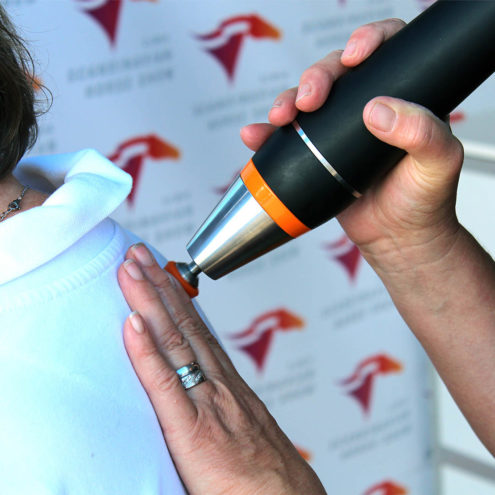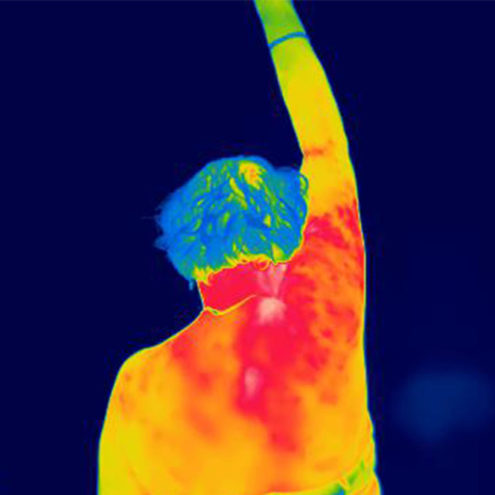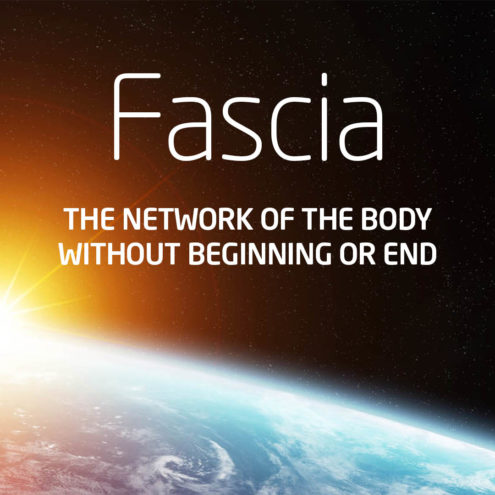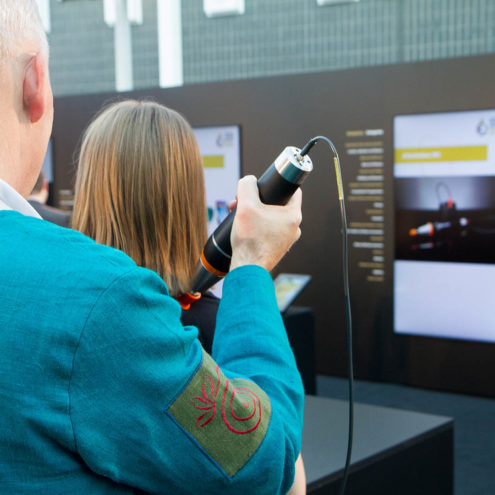Headaches from the Neck: Causes and Relief

What are neck headaches?
What are neck headaches?
Headache from the neck, also medically called cervicogenic headache, is a type of secondary headache. The pain originates in the neck but spreads to the head. Unlike primary types of headaches, such as migraine or tension-type headaches, cervicogenic headaches have a clear cause in the neck. This pain can be associated with muscles, joints, or nerves in the neck, and is usually experienced as a constant, dull pain that often worsens with neck movements.
Common triggers
There are several factors that can trigger cervicogenic headaches:
Poor posture: prolonged incorrect posture, such as sitting in front of a computer for many hours, can strain the muscles and joints of the neck.
Neck injuries: Previous injuries, such as whiplash, can lead to long-term neck pain and headaches.
Stress: Emotional stress can lead to muscle tension in the neck and shoulders, which can trigger stress-related headaches.
Degenerative diseases: Conditions such as osteoarthritis or other degenerative diseases can affect the structures of the neck and cause pain that radiates up into the head.
Why do people experience headaches from the neck?
Muscle and joint tension in the neck
Tension in the muscles and joints is a common cause of cervicogenic headache. When the muscles in the neck become tense or overworked, they can trigger pain that radiates up to the head. Similarly, dysfunction in the joints of the neck, such as the facet joints, can contribute to the headache.
Nerve irritation and compression
Nerve irritation and compression can also lead to cervicogenic headaches. When the nerves in the neck become irritated or compressed, for example by a bulging disk, the pain can spread to the head. This pain is often sharp and may be accompanied by neurological symptoms such as numbness or tingling.
Postural problems and stress
Postural problems, such as a forward leaning posture, can lead to muscular imbalances and tension in the neck. Stress also plays a major role, as it can cause muscle tension and thus increase the risk of neck headaches.
Symptoms of a headache from the neck
Pressing or pulsating headache
People with cervicogenic headache often describe the pain as a pressing or pulsating sensation that starts in the neck and spreads to the back of the head and sometimes to the temples or forehead.
Soreness and stiffness in the neck and shoulders
Another common symptom of cervicogenic headache is soreness and stiffness in the neck and shoulders. This can make it difficult to move your neck and can make the headache worse when moving or palpating your neck.
Nausea and sensitivity to light
In some cases, cervicogenic headache may also be accompanied by nausea and light sensitivity, similar symptoms to migraine. These symptoms can make it difficult to perform daily activities and may require specific treatment.
Treatment for headaches from the neck?
Treating headaches from the neck requires a comprehensive approach that targets both the symptoms and the underlying causes. Some common treatment approaches include:
Physiotherapy: A physiotherapist can help with specific exercises and techniques to strengthen the neck muscles and improve posture.
Manual therapy: Techniques such as massage, fascial therapy, chiropractic and acupuncture can help relieve muscle tension and improve joint function.
Ergonomic adjustments: Adjusting the workplace or other environments to improve posture can reduce neck strain.
Stress management: Stress management techniques, such as mindfulness and relaxation exercises, can help reduce muscle tension and headaches
Medical treatment: In some cases, medicines such as painkillers, muscle relaxants or anti-inflammatories may be necessary to manage symptoms.
Lifestyle changes: Making lifestyle changes, such as exercising regularly, eating a nutritious diet and getting enough sleep, can have a positive impact on neck pain and headaches.
How We Can Help You With Neck Headaches
Understanding the causes and symptoms of neck pain is the first step towards finding effective relief and improving quality of life. Addressing both the physical and emotional aspects of this condition can help you regain control of your health and well-being.
At the FasciaClinics, we take a holistic approach to treating headaches from the neck. Our team of therapists use fascia therapy to relieve tension and pain. The fascia is the network of connective tissue that binds and permeates everything in our body. All cells, tissues (even bone tissue), muscles and organs contain fascia.
Fascia treatment focuses on releasing tension and adhesions in the fascia and increasing its flow. Reduced pressure and increased circulation allow cell membranes to more easily absorb nutrients and release waste products. Fascia treatment can thus promote the body’s own healing. The treatment provides a pleasant relaxation and does not hurt. It gets the whole body flowing and helps you balance your posture so that the body is evenly loaded. Tension in the neck and shoulders is reduced, relieving pain.
During a visit, we analyze the whole body to see where compensations and imbalances are and how they have spread. If there is an imbalance in the body, there is a risk that they will spread and affect other structures. That’s why it’s very important to seek help quickly as soon as you experience any symptoms.
By addressing the impact of fascia on muscles and pain, we can help reduce the frequency and intensity of cervicogenic headaches. We work with you to create an individualized treatment plan that takes into account your specific needs and goals.
 Search
Search


































